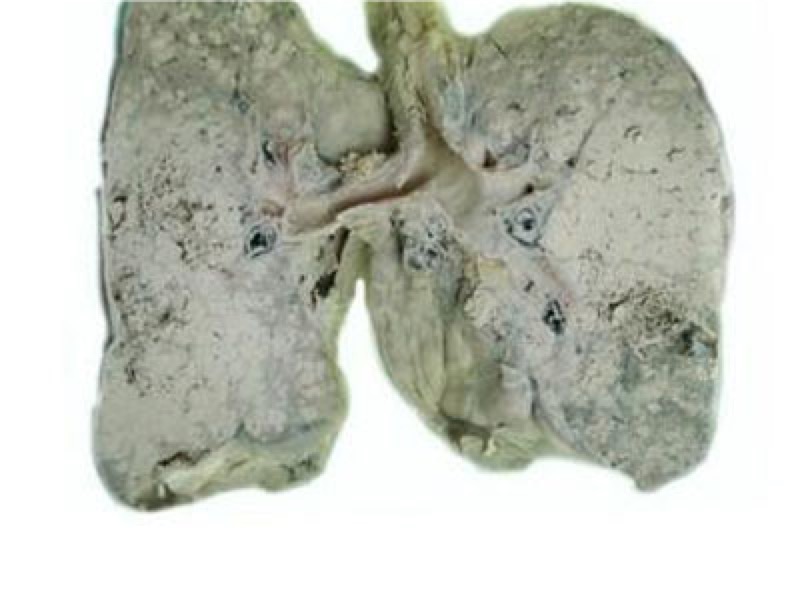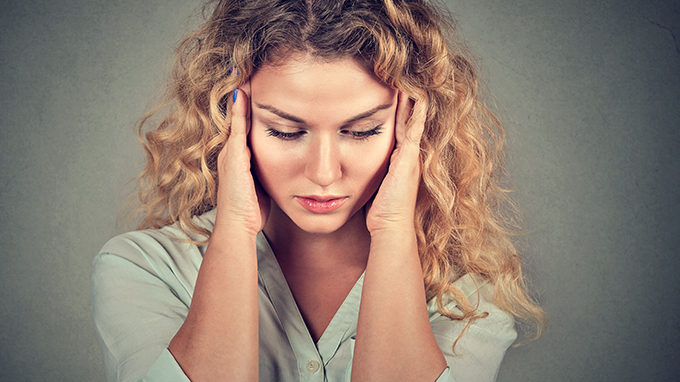What is bacterial prostatitis
Prostatitis is a group of diseases, according to the traditional Meares-Stamey "four cup method" is divided into: acute bacterial prostatitis (ABP), chronic bacterial prostatitis (CBP), Chronic nonbacterial prostatitis (CNP), prostate pain (PD). 
Clinical manifestations:
1. Acute bacterial prostatitis
Sudden onset, there is Shivering and high fever, accompanied by frequent urination, urgency, dysuria, and perineal pain. Difficulty urinating or acute urinary retention. The digital rectal examination showed that the prostate was swollen and full, with obvious tenderness, local temperature increased, and those with abscesses had a sense of fluctuation. Acute pyelonephritis can occur at the same time in a bloodstream infection.
2. Chronic bacterial prostatitis
Chronic bacterial prostatitis has recurrent symptoms of lower urinary tract infections, such as frequent urination, urgency, and urine Pain, burning sensation during urination, difficulty urinating, urinary retention, discomfort in the fallopian area of the posterior urethral anus and perineum The duration is more than 3 months.
Cause:
1. Acute bacterial prostatitis
The main pathogenic factors of bacterial prostatitis are Escherichia coli, followed by Staphylococcus aureus, Klebsiella pneumoniae, Proteus, Pseudomonas, etc., most of them are single pathogen infections. Bacteria or other pathogens infect the prostate and rapidly grow and reproduce in large numbers. Mostly blood infections and retrourethral infections.
2. Chronic bacterial prostatitis
The main pathogenic factor is pathogen retrograde infection, the pathogen is mainly Staphylococcus, followed by coliform Greek bacteria, Corynebacterium and Enterococcus. Prostate stones and urine reflux may be an important cause of persistent pathogens and recurrence of infection.
3. Inducing factors of prostatitis
Important causes of prostatitis include: smoking, drinking, spicy foods, inappropriate sexual activity, long time Sitting causes long-term congestion of the prostate and chronic squeezing, cold, and fatigue of the pelvic floor muscles, resulting in decreased body resistance or specific constitution.
Treatment principles for patients with acute bacterial prostatitis: mainly broad-spectrum antibiotics, symptomatic and supportive treatment. Those with urinary retention use thin tube catheterization or suprapubic bladder puncture and ostomy to drain urine, and those with prostate abscess take surgical drainage.
The principle of treatment for patients with chronic bacterial prostatitis: mainly oral antibiotics, select sensitive drugs, the course of treatment is 4 to 6 weeks, during which a phased effect evaluation should be carried out. If the effect is not satisfactory, switch to other sensitive antibiotics. Alpha blockers can be used to improve urination symptoms and pain. Plant preparations, non-steroidal anti-inflammatory analgesics and M-receptor blockers can also improve the corresponding symptoms.
Related Articles

- Early Signs of Bladder Cancer
- What are the early symptoms of bladder cancer?
- 2020-12-17

- How to prevent depression
- How to prevent depression?
- 2020-12-17

- Early symptoms of lung cancer
- 2020-12-17

- Symptoms of depression
- What are the symptoms of depression?
- 2020-12-17

- Drinking water can prevent heat stroke
- Actually, the hot weather is not the direct cause of heat stroke. Heat stroke is mostly caused by sweating caused by heat. Under the high temperature in summer, the body sweats tens of tim
- 2020-08-03

- Office workers should beware of cervical spondylosis
- Cervical spondylopathy is mainly caused by degeneration of cervical intervertebral disc and hyperostosis of cervical spine, with neck and shoulder pain, numbness of upper extremities and d
- 2020-08-03
